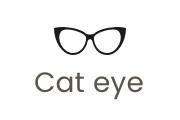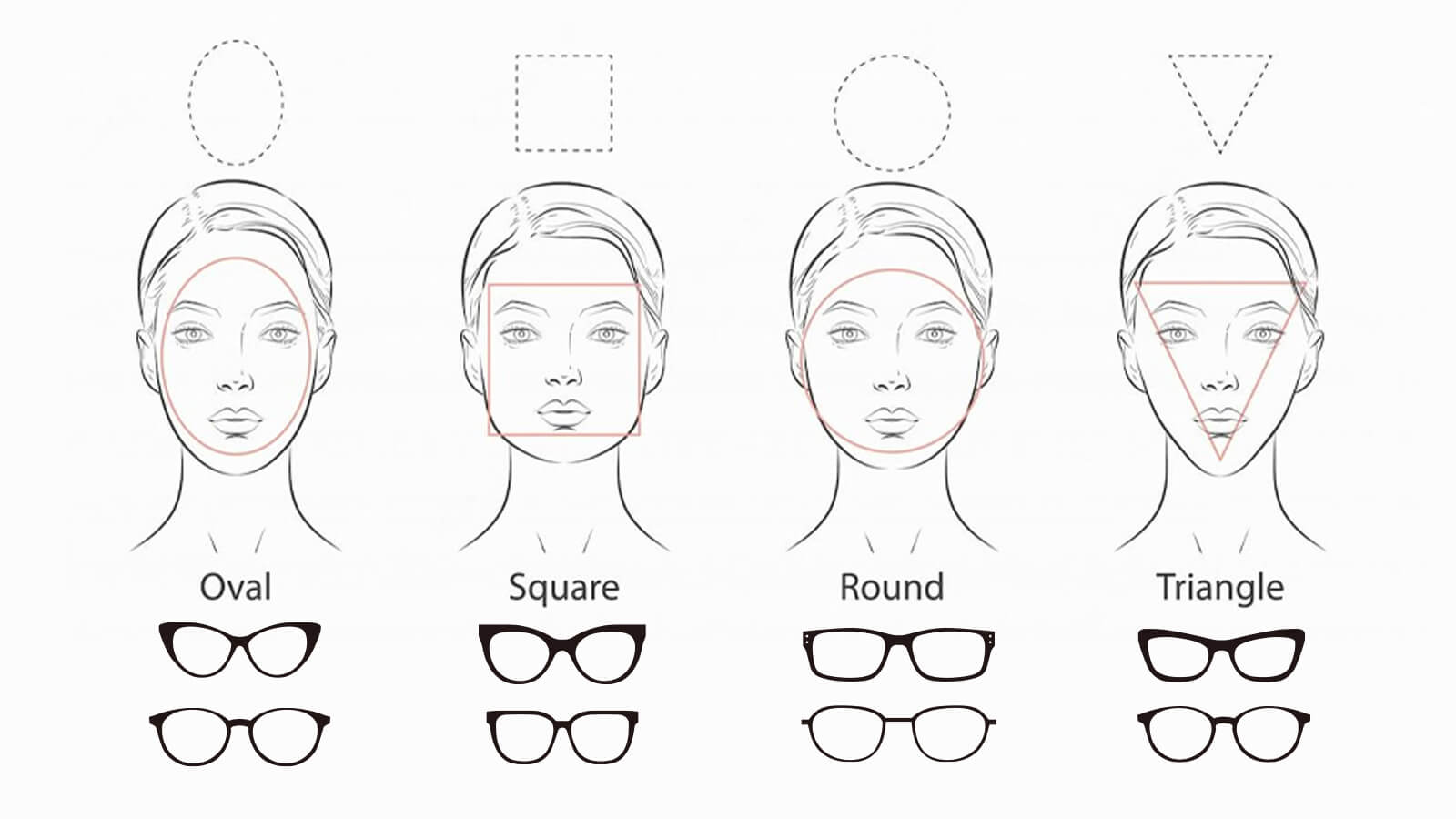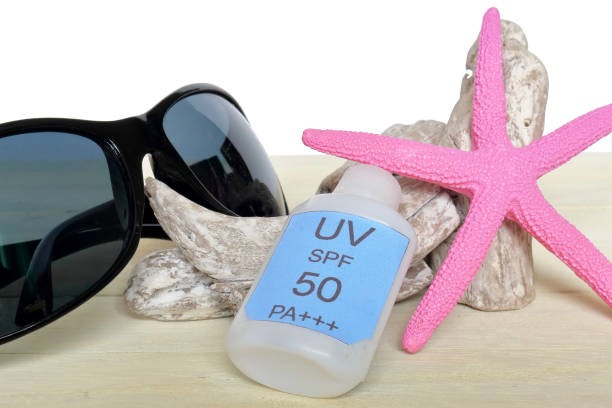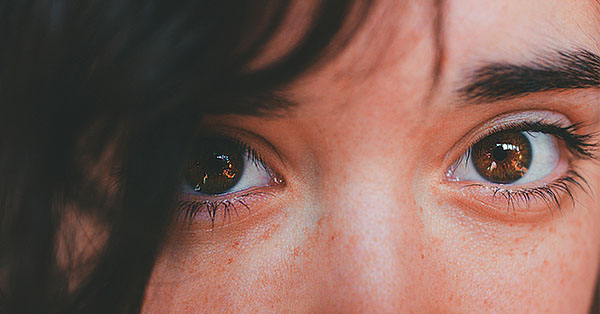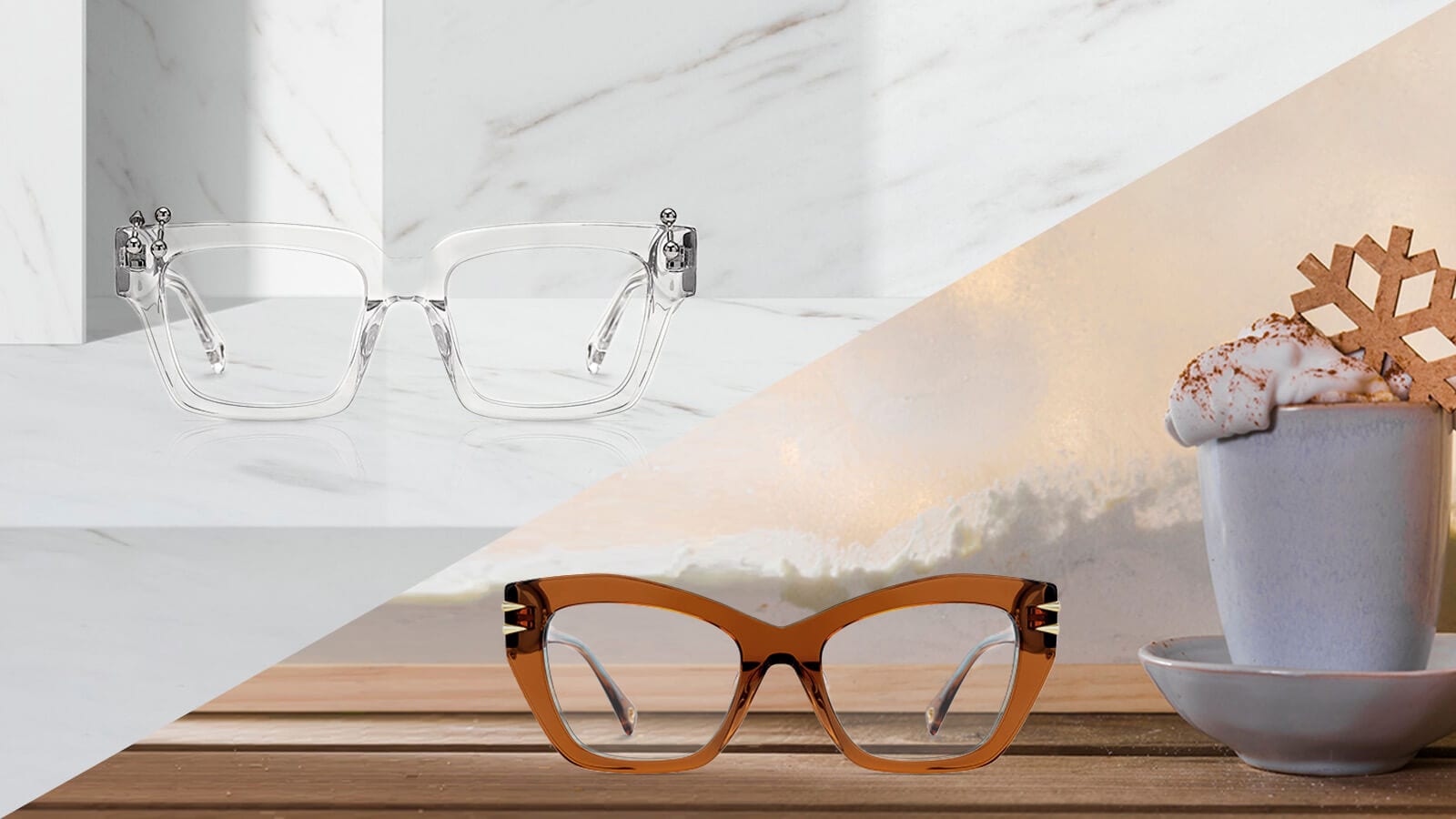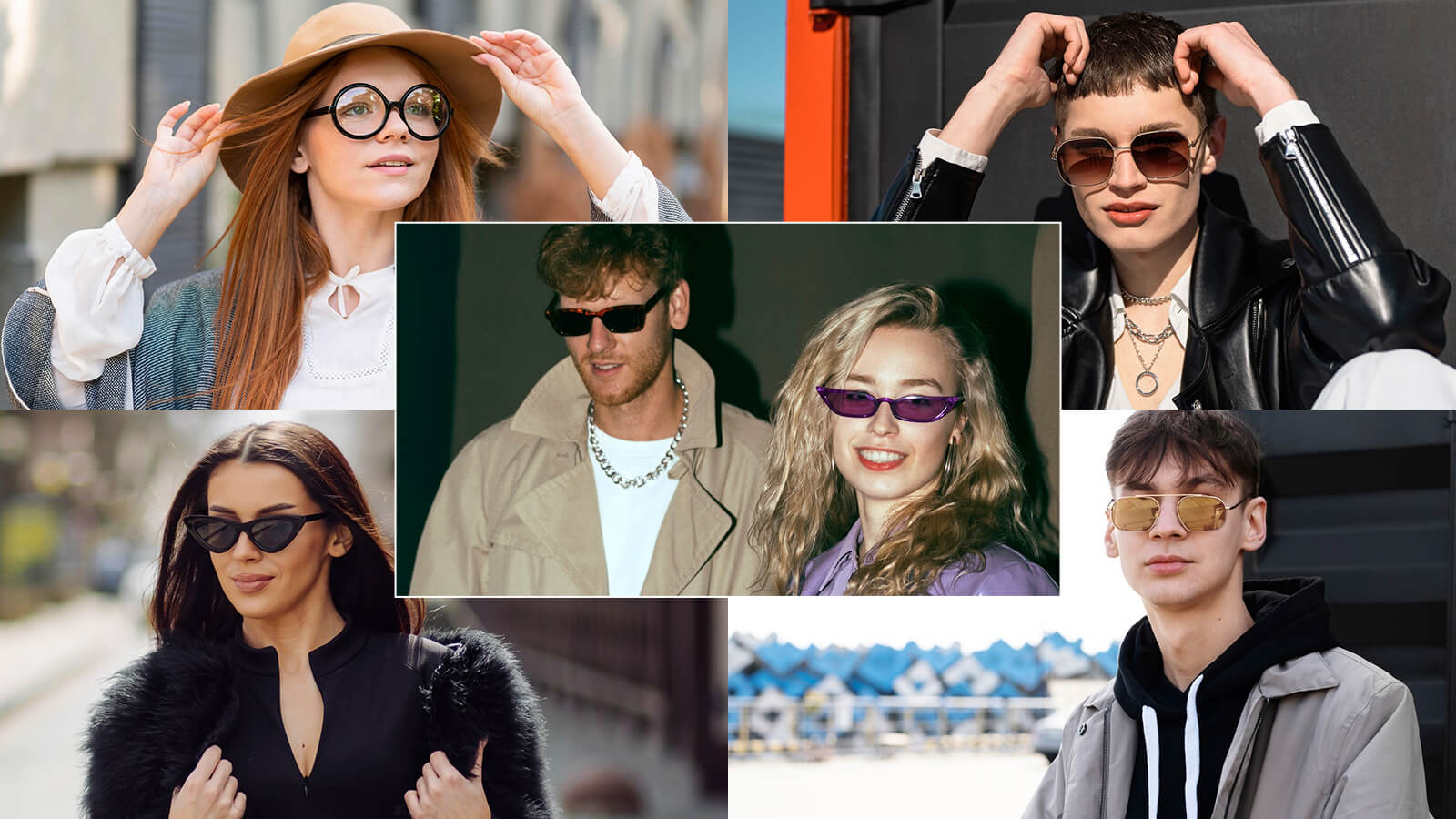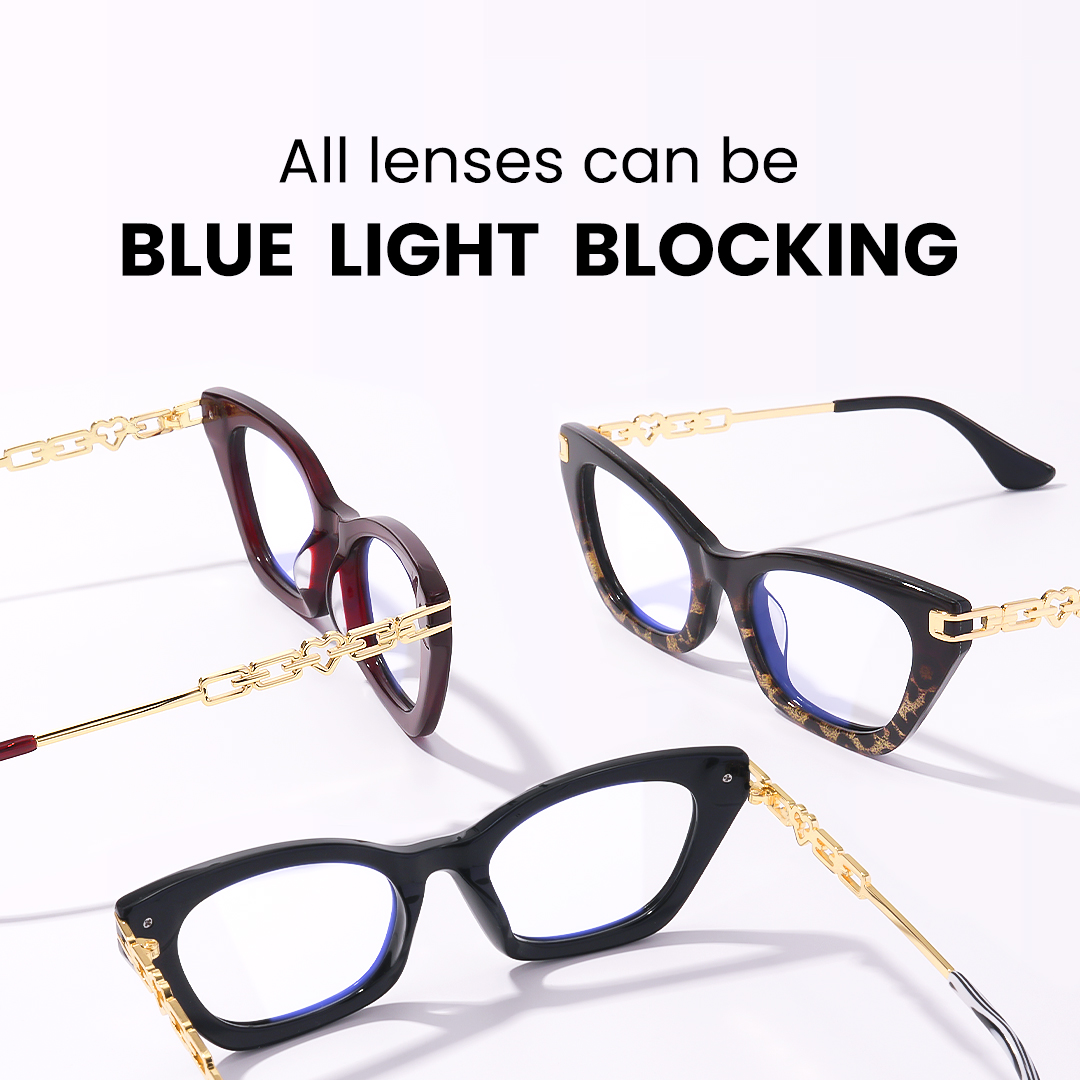
Guide to Picking Glasses That Suit Your Face Shape Perfectly
February 27,2023

What is Boho Style? A Comprehensive Guide to Boho-Chic Fashion
February 13,2025

Virtual Glasses Try On - Find Your Perfect Pair Online
April 02,2024

UV Protection Glasses VS. Blue Light Glasses - Vooglam
July 20,2023

Newest Style Modern Trendy Mens Glasses | Vooglam
March 01,2024

Stylish Reading Glasses: Blending Fashion with Functionality
February 16,2023

What are photochromic lenses & glasses?
September 22,2023

Brown Eyes: The Beauty of the Most Common Hue
September 01,2024

The chubby face glasses for round face female
August 02,2023

What are prisms in eyeglasses?
March 20,2023

What Are Bifocal Glasses? The Complete Guide (Types, History & Benefits)
April 14,2023

How to Read Your Eyeglass Prescription?
March 11,2023
How Do Glasses for the Colorblind Work?
Home > Vooglam Blog > How Do Glasses for the Colorblind Work? The Science Behind Color Vision Lenses
Imagine seeing red and green clearly for the first time — that's the life-changing promise color blind glasses offer to millions worldwide. With approximately 300 million people globally experiencing color vision deficiency, the technology behind these specialized lenses has sparked both hope and curiosity. But how do colorblind glasses work exactly? This article breaks down the fascinating science behind color vision enhancement, reveals who can truly benefit from these innovative lenses, and sets realistic expectations about what glasses for colorblindness can and cannot do.

What Is Color Blindness? (Quick Overview)
Before diving into how color vision deficiency glasses work, let's understand what we're dealing with. Color blindness — more accurately called color vision deficiency (CVD) — isn't about seeing the world in black and white. It's about difficulty distinguishing between certain colors, most commonly reds and greens.
The Spectrum of Color Vision Deficiency
Red-Green Color Blindness (affects 99% of colorblind individuals):
- Protanomaly: Reduced sensitivity to red light
- Deuteranomaly: Reduced sensitivity to green light
- Protanopia/Deuteranopia: Complete absence of red or green cone cells
Blue-Yellow Color Blindness (rare):
- Tritanomaly: Difficulty distinguishing blues and yellows
- Tritanopia: Complete inability to see blue light
Complete Color Blindness:
- Achromatopsia: Extremely rare condition where no colors are perceived
The Root Cause
Color blindness typically stems from genetic factors affecting the cone cells in your retina. These specialized cells detect different wavelengths of light — when they're missing or malfunctioning, certain colors become indistinguishable. Think of it like a piano missing certain keys; the music still plays, but some notes simply aren't there.
How Do Colorblind Glasses Work?
The magic behind color blind glasses lies in a deceptively simple principle: optical filtering. But don't let the simplicity fool you — the technology is genuinely innovative.
The Science of Selective Filtering
Color vision deficiency glasses use specially engineered optical filters that act like highly selective bouncers at a nightclub. These filters block specific wavelengths of light where red and green overlap in the spectrum — the exact spot where colorblind individuals experience confusion.
By removing these overlapping wavelengths, the filters increase the contrast between colors that normally appear similar. It's like turning up the saturation dial on specific colors while leaving others untouched. The result? Your brain can better differentiate between previously confusing hues.
The Brain's Role in Color Enhancement
Here's where it gets fascinating: the glasses don't actually change what your eyes see. Instead, they modify the light entering your eyes in a way that helps your brain interpret color signals more effectively. When the overlapping wavelengths are filtered out, your brain receives clearer, more distinct color information to process.
Think of it like noise-canceling headphones for your eyes — by removing the "noise" (overlapping wavelengths), the "music" (distinct colors) becomes clearer and more defined.

EnChroma and Other Brands: What Makes Them Unique
When people ask "do EnChroma glasses work?", they're usually curious about the leading brand in color vision technology. But EnChroma isn't the only player in the game — each brand brings its own approach to solving color confusion.
EnChroma's Multi-Notch Technology
EnChroma pioneered the use of multi-notch filtering, which creates multiple "notches" or gaps in the light spectrum. Their lenses come in two main varieties:
- Outdoor lenses: Optimized for bright sunlight, doubling as sunglasses
- Indoor lenses: Designed for artificial lighting and computer use
The multi-notch approach allows for more precise filtering while maintaining overall brightness and color balance.
Alternative Brands and Approaches
Pilestone uses tint-based enhancement — a more aggressive filtering method that's often more affordable but may alter overall color perception more dramatically.
VINO Optics focuses on specific applications like helping medical professionals distinguish veins and arteries.
ColorCorrection System takes a different route with customized filters based on individual color vision tests.
Indoor vs. Outdoor Performance
Why do some glasses for colorblindness work better outside? Natural sunlight contains the full spectrum of wavelengths, giving the filters more to work with. Indoor lighting — especially fluorescent — provides a limited spectrum, which can reduce the glasses' effectiveness. It's like trying to paint a masterpiece with only half your color palette available.
Who Can Benefit From Colorblind Glasses?
Not all color vision deficiencies are created equal, and neither are the results from color blind glasses.
✅ Most Effective For:
Red-Green Color Blindness Since this affects 99% of colorblind individuals and is exactly what most glasses target, success rates are highest here. Both protanomaly and deuteranomaly respond well to filtering technology.
Mild to Moderate Cases If you can already see some distinction between problem colors, the glasses can amplify that difference significantly. Think of it as turning up the volume on a quiet song — there needs to be something there to amplify.
First-Time Users with Realistic Expectations Those who understand they're getting enhanced — not "normal" — color vision tend to be most satisfied with results.
❌ Not Effective For:
Total Color Blindness (Achromatopsia) Without functioning cone cells, there's nothing for the filters to enhance. It's like trying to tune a radio that has no receiver.
Blue-Yellow Deficiencies Most current technology focuses on red-green confusion. Tritanomaly requires different filtering approaches that aren't widely available.
Critical Color-Dependent Tasks Never rely on these glasses for situations where accurate color perception is safety-critical, like electrical work or medical procedures. They enhance, not correct.
What Do They Actually Let You See?
Let's set realistic expectations about what happens when you put on color vision deficiency glasses.
The Enhancement Experience
Users frequently report:
- Richer, more vibrant colors in nature — suddenly noticing purple flowers or orange autumn leaves
- Better distinction at traffic lights between red and green signals
- Emotional moments seeing sunsets, rainbows, or their children's eye color clearly
- Improved contrast in everyday situations like choosing ripe fruit or matching clothes
What They Don't Do
Color blind glasses don't "cure" color blindness or provide normal color vision. Instead, they create an enhanced version of your existing color perception. Some users describe it as "seeing colors I knew existed but couldn't access before."
The experience varies dramatically between individuals. While viral videos show people crying at their first glimpse of "true" color, many users experience more subtle improvements that grow more noticeable over time.
Limitations & Things to Know
Before investing in glasses for colorblindness, understand these important limitations:
Variable Results
Success depends on your specific type and severity of color blindness. What works miraculously for one person might provide minimal benefit to another.
Adaptation Period
Your brain needs time to adjust to the new color information — anywhere from minutes to weeks. Initial use might feel overwhelming or even uncomfortable.
Screen Limitations
Digital screens emit light differently than real-world objects. The glasses may not provide the same enhancement when looking at phones, computers, or TVs.
Prescription Compatibility
Not all color blind glasses can accommodate prescription lenses. Some brands offer clip-ons or fit-overs, while others require choosing between color enhancement and vision correction.
Environmental Factors
Performance varies with lighting conditions, weather, and even geographic location. What works perfectly on a sunny beach might disappoint in a dimly lit restaurant.
FAQs
Do colorblind glasses really work?
Yes, but with caveats. They work by filtering light to enhance color contrast, helping many people with red-green color blindness see more vivid colors. However, they don't cure color blindness or work for everyone. Success rates are highest for mild to moderate red-green deficiencies.
Can children use them?
Most manufacturers recommend waiting until age 10-12 when color vision is fully developed. Children also need to understand that the glasses enhance rather than "fix" their vision to avoid disappointment.
How long do they take to work?
Some users notice immediate improvements, while others need days or weeks to fully appreciate the enhancement. The initial experience can be overwhelming as your brain processes new color information.
Can they be worn daily?
Absolutely! Many users wear their color blind glasses as their primary eyewear. However, remember they're not suitable for color-critical tasks and may cause eye strain if worn continuously during the adjustment period.
Do they correct vision too?
Basic color blind glasses don't include vision correction, but many brands offer prescription options. You'll need to choose between clip-on filters for existing glasses or prescription lenses with built-in color enhancement.
Conclusion: A Colorful Reality Check
So how do colorblind glasses work? Through clever optical filtering that helps your brain better distinguish between confusing colors. While they're not the miracle cure that viral videos might suggest, color vision deficiency glasses offer genuine enhancement for many people with red-green color blindness.
The technology continues evolving, bringing hope to millions who want to experience a richer visual world. Whether you're considering them for yourself or a loved one, remember that success varies — but for those who benefit, the results can be truly eye-opening.
Ready to explore your options? Take a comprehensive color blindness test to understand your specific type of CVD. At Vooglam, we're committed to helping everyone see their world more clearly — because your vision deserves every possible enhancement.

Vooglam Blog
Vooglam blog shares professional knowledge about eyeglass frames, lenses, etc., and provides help when purchasing and using eyewear products. At the same time, Vooglam focuses on fashion glasses to interpret the trend of glasses for you.

From Mocha Mousse to Cloud Dancer: The "Soft Power" Palette of 2025-2026
The fashion world is currently taking a deep breath. After years of neon dopamine dressing and chaotic prints, the collective mood is shifting toward something quieter, yet infinitely more powerful. W
December 26,2025
The Science of Polarized Lenses: How They Improve Clarity and Safety in Snowy Conditions
If you've ever been out on a sunny day in the snow, chances are you know all about snow glare. That painful, sometimes blinding reflection off the bright white of snow isn't just annoying; it can be e
November 26,2025
Don't Spook Your Style: 6 Iconic Halloween Costumes with Glasses
Halloween isn't just about jumping into someone else's skin for a night—it's about finding pieces of yourself you didn't know existed. For those of us who wear glasses daily, the question isn't whethe
October 16,2025
How to Fix a Metal Glasses Arm Hinge: A Step-by-Step Repair Guide
Why Hinge Repairs Are Common—and FixableIf you wear glasses daily, chances are you've dealt with issues related to the hinges on your metal frames. It's one of the most common weak points, and over ti
July 07,2025











